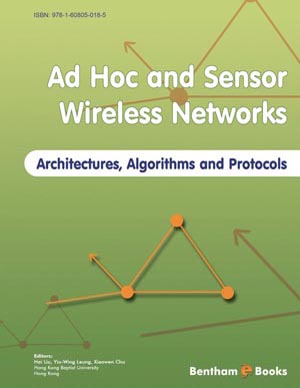Abstract
The analysis of texture in computer vision has been of interest to researchers for many decades. The early work in texture by researchers such as Haralick discovered the utility of the greylevel co-occurrence matrix (GLCM) as a means for exploring the spatially varying affects present in various textures. Other means such as Gabor filters arose as being highly effective as well due to their ability to readily handle varying angles and varying spatial extents. The research in texture evolved distinctly from research in other areas of computer vision such as motion segmentation, non-textured grayscale segmentation, etc. This text is the first discussion of an approach to computer vision which can provide a unifying framework within which many computer vision problems can be solved using a common toolset, namely the analysis of images in phase space using tools from chaos theory. This chapter will further explore the role of spatial chaos in serving as a possible framework within which texture can be analyzed. The use of temporal chaos has proven useful throughout the text in approaching computer vision problems such as motion segmentation and image registration. Thus a common set of tools can now be used for solving the general computer vision problem.
Keywords: Texture, spatial chaos, GLCM, image segmentation, Lacunarity, homogeneity, Renyi spectrum, Kolmogorov-Smirnov measure, classification.


















